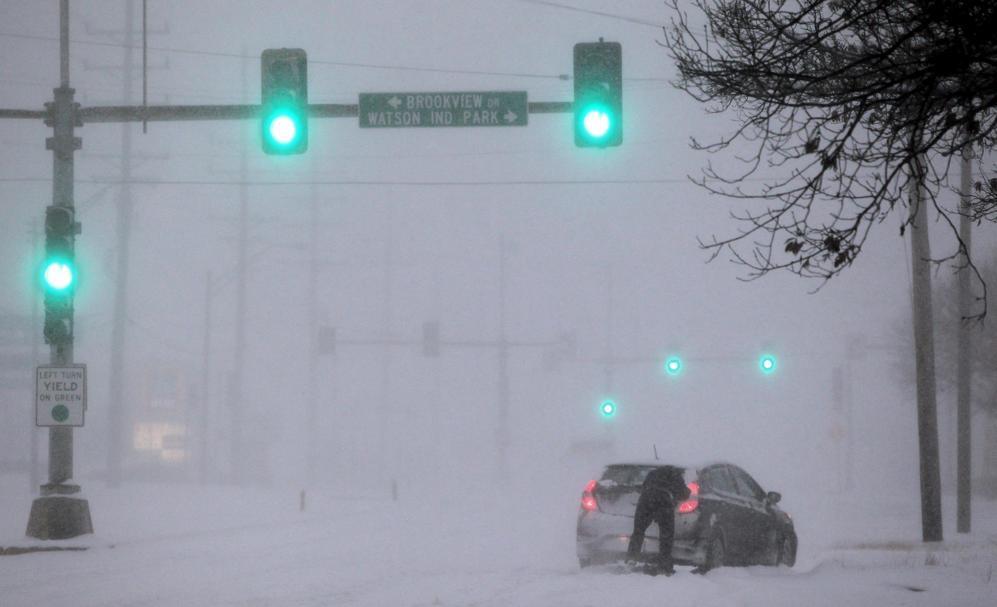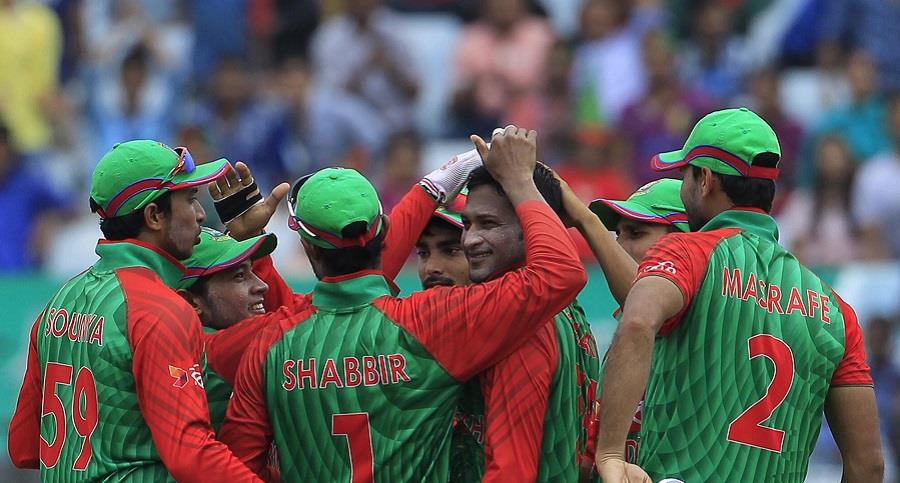October 31, 2013
By Geeta Goindi
Washington, DC – It was India day on Saturday, October 26, at the Smithsonian’s Freer and Sackler Galleries as the renowned Institution’s museums of Asian art celebrated the auspicious festival of Diwali featuring a full day of family activities.
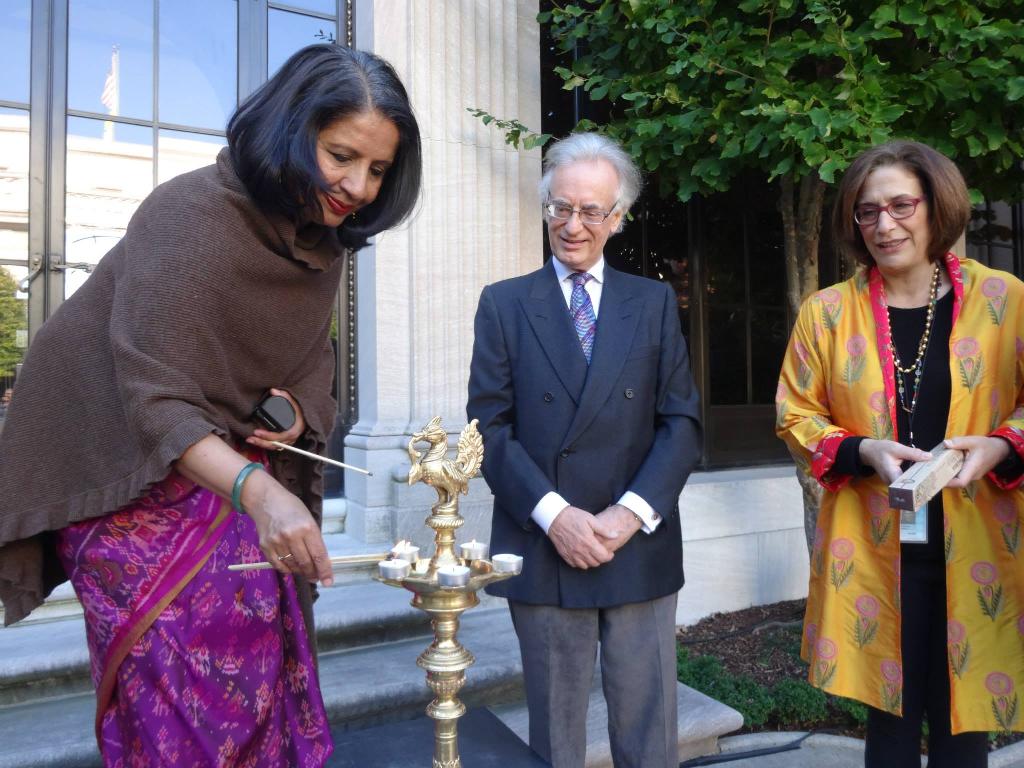
October 31, 2013
By Geeta Goindi
Washington, DC – It was India day on Saturday, October 26, at the Smithsonian’s Freer and Sackler Galleries as the renowned Institution’s museums of Asian art celebrated the auspicious festival of Diwali featuring a full day of family activities.

Indian Ambassador Mrs. Nirupama Rao lighting the traditional ‘Diya’ (lamp) at the special Diwali celebration, Saturday, in the Smithsonian’s Freer and Sackler Galleries. Looking on are Museum Director Dr. Julian Raby (center) and Curator Dr. Debra Diamond
There was much to celebrate: Diwali, the festival of lights; and the three exhibits of contemporary and historical art currently on view at the Sackler Gallery – ‘Yoga: The Art of Transformation’, ‘Strange and Wondrous: Prints of India from the Robert J. Del Bonta Collection’ and ‘A World Lost’ by Rina Banerjee.
The opening festivities on Saturday were a sight to behold – Indian Ambassador Mrs. Nirupama Rao lighting the traditional ‘Diya’ (lamp) in the presence of Museum Director Dr. Julian Raby, Curator Dr. Debra Diamond, Mr. Sridharan Madhusudhanan, Counsellor of Press, Information and Culture at the Indian Embassy, Research Scholar Mekala Krishnan and a diverse gathering of art enthusiasts. The sweetest sounds of the popular bhajan, ‘Raghupathi Raghava Raja Ram’, by Grammy-nominated singer and musician Chandrika Tandon played at the venue – an enchanting outdoor garden which constitutes the Freer foyer.
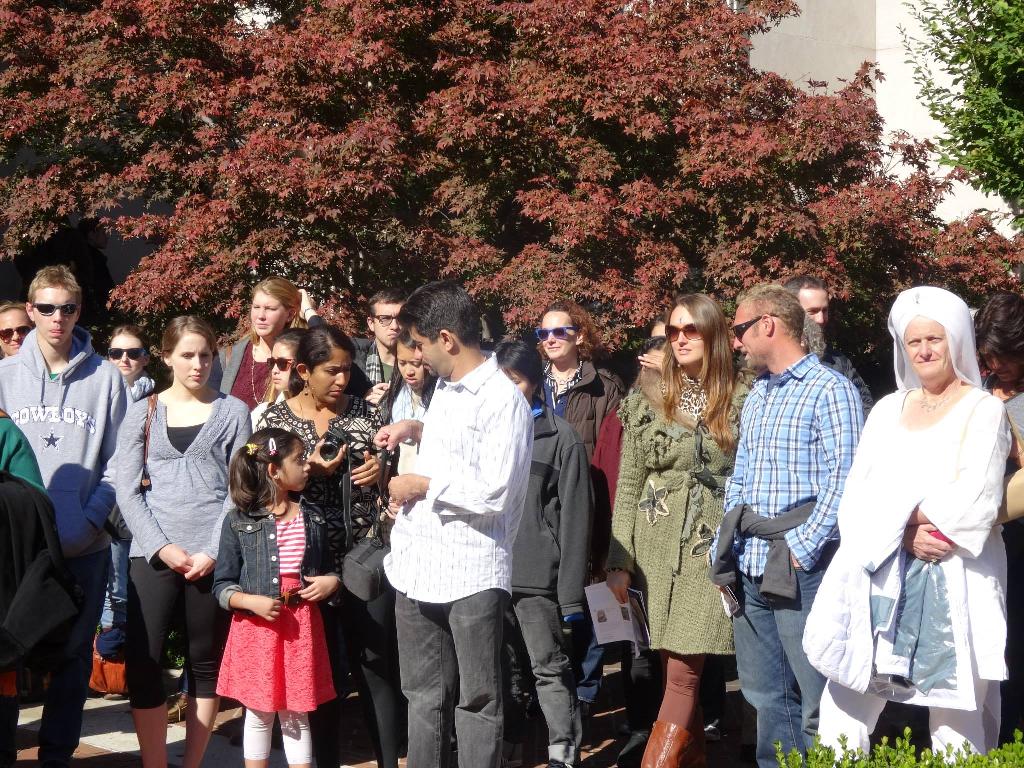
A cross-section of the diverse crowd of art enthusiasts who gathered in the garden of the Freer Gallery for the lamp-lighting ceremony commencing a full day of family activities celebrating the most popular festival of Diwali
Ambassador Rao told this gathering, “Our partnership between two great democracies, India and the United States, is a very vibrant, many-splendored, multi-faceted relationship”. She pointed out, when “Prime Minister Manmohan Singh came to Washington last month and had discussions with President Obama, we referred to this partnership as the relationship of the first resort”.
Delhi’s top diplomat in Washington noted it was fitting that all were gathered on the “wondrous, beautiful, auspicious occasion of Deepavali”, as it is called in south India from where she hails. “Today, there is an Indian diaspora all around the world”, she said. “Diwali has emerged as a festival that is so much a part of the popular consciousness wherever I have been, particularly here in the US where we have over 3.5 million Indian-Americans. Every corner of the country I have been to, the word ‘Diwali’ is a part of the popular lexicon”. Quoting Eleanor Roosevelt, she told those assembled, “It is better to light a lamp than to curse the darkness”.
The envoy thanked Drs. Raby and Diamond “for the wonderful way you shine the light on India and Indian art and through that express the spirit of the identity of India”. To the curator, she said, “Thank you Debra for all you do to build strong bridges of friendship between India and the United States”.
For Ambassador Rao, this was her second visit to the museums on family day. She recalled coming last year when the concept was introduced. Looking around at the diverse gathering which packed the garden, she said, “I’m so happy to see that it has taken root and we have such an enthusiastic and lovely turnout. Diwali is truly an occasion for celebration”!

The Indian tradition of adorning a ‘bindi’ by volunteers and guests at Family Day, Saturday, in the Smithsonian’s Freer and Sackler Galleries celebrating the auspicious festival of Diwali
Continuing to eulogize the festival of lights, the envoy said, “There is something universal about the message that India has to convey to the rest of the world. People take to Diwali because it expresses our yearning as human beings for communion, for fellowship and for just coming together to celebrate the simple and good things of life”.
About the exhibitions currently on view at the Sackler Gallery, she gushed, “They are all absolutely brilliant and superlative and I hope each and every one of you have been able to absorb the beauty of these shows”!
In his opening remarks, Dr. Raby underscored, “Ambassador Rao has been an extraordinary support to our museums over the last few years and we will be very sorry to see her leave in the next few weeks”.
Looking around at the gathering, he said, “We are here today to celebrate Indian art and culture and Diwali”. To the largely American audience, he explained, “Diwali is India’s festival of lights and offers hopes and blessings for prosperity in the year ahead. The word Diwali comes from the word ‘Deepavali’ meaning row of lamps. Try to imagine the tradition of lighting small clay lamps to welcome the Goddess Lakshmi, to ask her for blessing a good year ahead. But, light in the same tradition can also mean one’s inner light and also the light of higher knowledge and the light of joy”, he said.
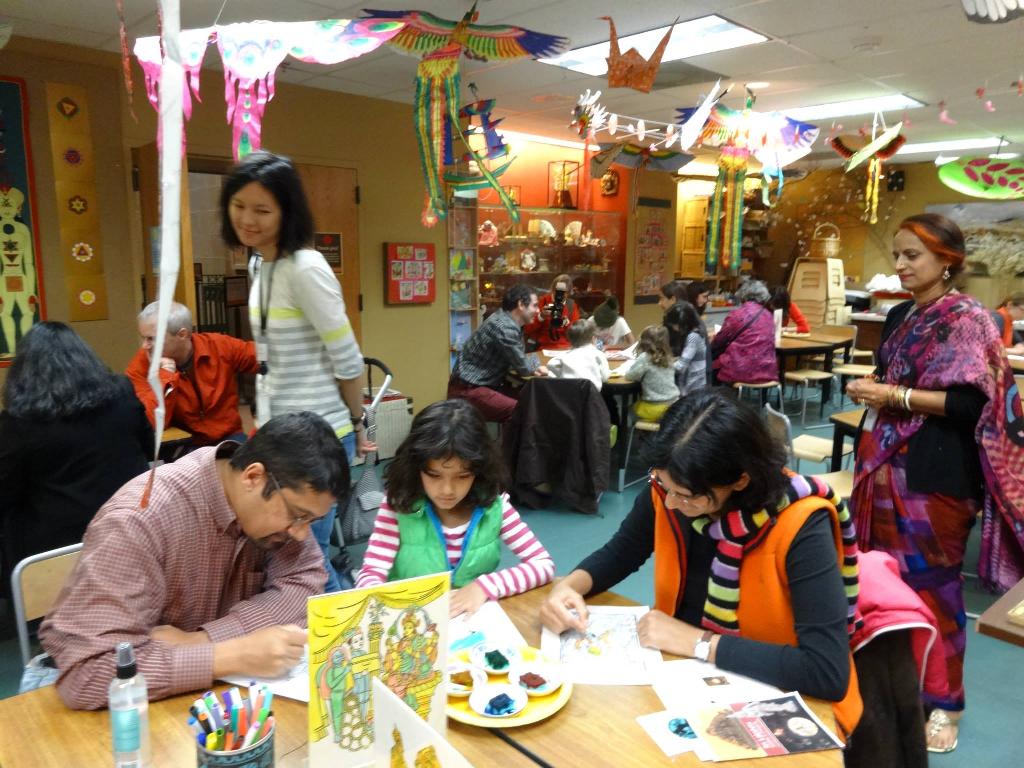
The enchanting classroom in the Smithsonian’s Sackler Gallery where children and families engaged in Diwali and yoga inspired artworks
Regarding the “three special exhibitions” being highlighted that day, Dr. Raby noted, “each has its own unique take on Indian art. ‘Yoga: The Art of Transformation’ is the very first international exhibition to explore the visual roots of the multiple traditions that formed the stream of Yoga. ‘Strange and Wondrous: Prints of India from the Robert J. Del Bonta Collection’ looks at the misperceptions of India when encountered by the west. In the Sackler pavilion, Rina Banerjee has transformed ordinary objects into a fantastic landscape”, he said.
Together with these extraordinary exhibits, family day at the Freer and Sackler Galleries featured spotlight tours, games from across Asia, intricate ‘Rangoli’ drawings, and yoga-inspired art in hands-on workshops. Indian classical musician K. Sridhar demonstrated musical meditation, storyteller Louise Omoto Kessel shared tales of Indian deities, and free yoga classes were offered throughout the day.
Community Special by MYDOSTI.COM















































































































